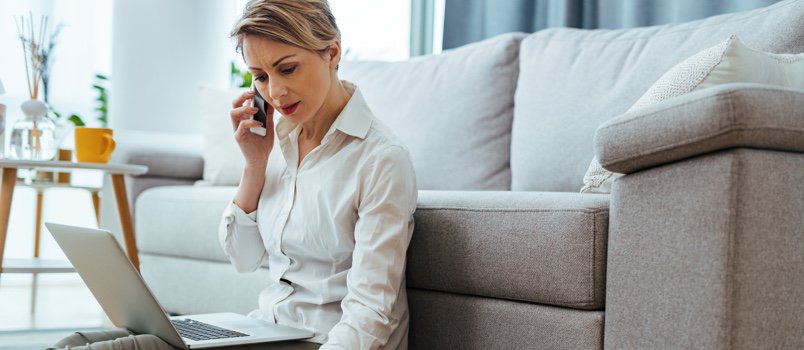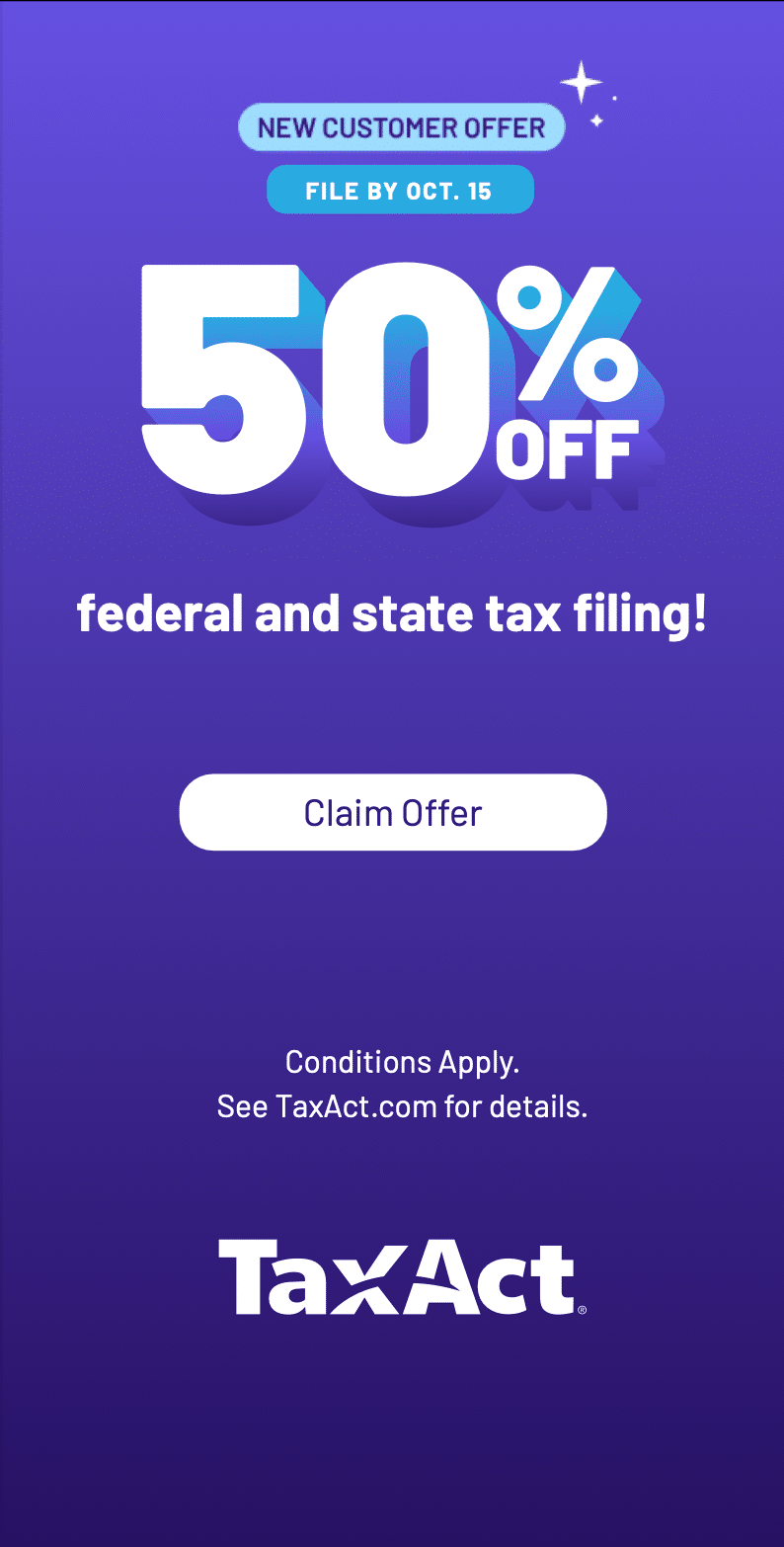If you’re a small business owner, you’re likely dealing with the many ongoing financial implications of the COVID-19 pandemic and searching for ways to minimize the impact it has on your business. One of the ways you can find financial relief during this time is through the U.S. Small Business Administration (SBA)’s Debt Relief program.
Here’s what you need to know about the SBA’s Debt Relief program to help you mitigate the negative effect of the coronavirus on your business.
What is the SBA Debt Relief program?
As part of the $2 trillion Coronavirus Aid, Relief, and Economic Security (CARES) Act, Congress has enacted a debt-payment assistance program to provide immediate relief to small businesses with existing non-disaster Small Business Administration loans.
The SBA Debt Relief program provides financial reprieve to small businesses by paying 6 months of principal, interest, and any related fees that borrowers owe for all current 7(a) and 504 loans (SBA loans with a maximum of $5 million), and Microloans in regular servicing status as well as new 7(a), 504, and Microloans disbursed prior to September 27, 2020.
How do I participate in the SBA Debt Relief program?
For eligible businesses, participation in the SBA Debt Relief program is automatic and no application is necessary. The SBA has instructed lenders to stop collecting payments from borrowers during the debt relief period and said that it will pay these borrower loan payments. Under the CARES Act, the SBA must begin making payments within 30 days of the date on which the first payment of an eligible loan is due.
- If a borrower’s loan payment was collected after March 27, 2020, lenders were instructed to inform the borrower of the option of having the loan payment returned or apply the payment to further reduce the loan balance after SBA’s payment.
- For loans that aren’t deferred, the SBA will start making payments on the next payment due and will make 6 monthly payments.
- For loans that are currently on deferment, the SBA will make payments with the next payment due once the deferment period has ended, and will make 6 monthly payments.
- For loans that were made after March 27, 2020, and fully disbursed prior to September 27, 2020, SBA will make payments with the first payment due on the loan and will make 6 monthly payments.
If you’re unsure whether you qualify for debt relief, check with your lender directly to ensure payments are not missed.
Does this program apply to PPP and EIDL loans?
The SBA Debt Relief program does not apply to Paycheck Protection Program (PPP) loans or to Economic Injury Disaster Loans (EIDL). However, for EIDLs that were in regular servicing (regular servicing: status when the loan is closed in accordance with the Terms and Conditions of the Loan Authorization, the final disbursement has been made, and the SBA guaranty fee has been paid) as of March 1, 2020, the SBA will provide automatic deferments through December 31, 2020. Note that interest will continue to accrue.
Am I still eligible for a PPP Loan if I’ve received SBA Debt Relief?
Yes, small business owners can still apply for a PPP Loan while receiving debt relief on eligible loans under the CARES Act. Remember, that the application process for a PPP Loan is separate from that of the Debt Relief program.
Information provided in this article is general in nature and may not apply to your circumstance. Please refer to IRS or other cited source material for particulars.





